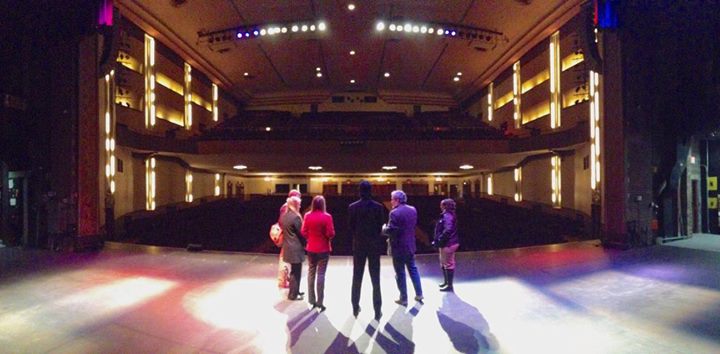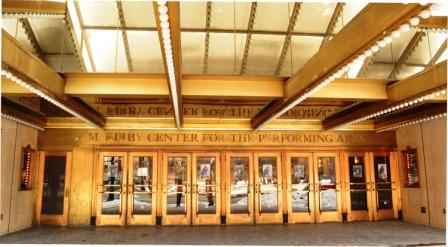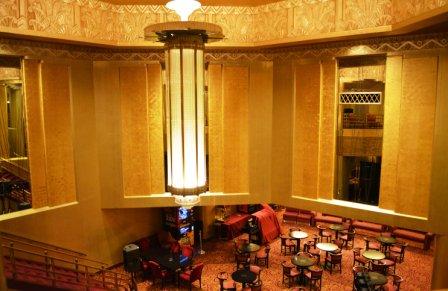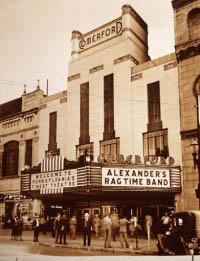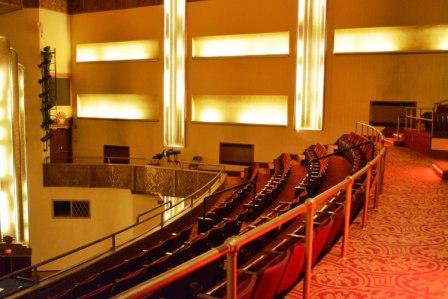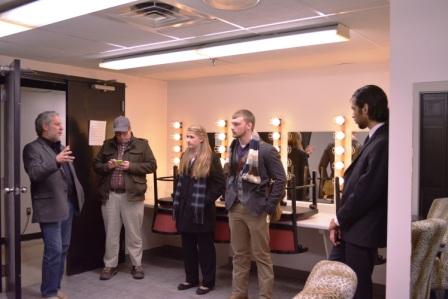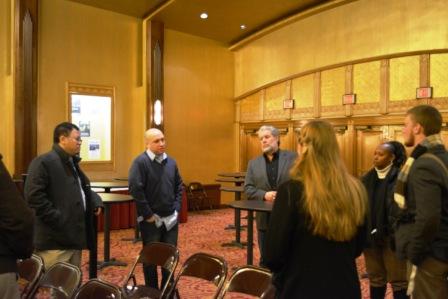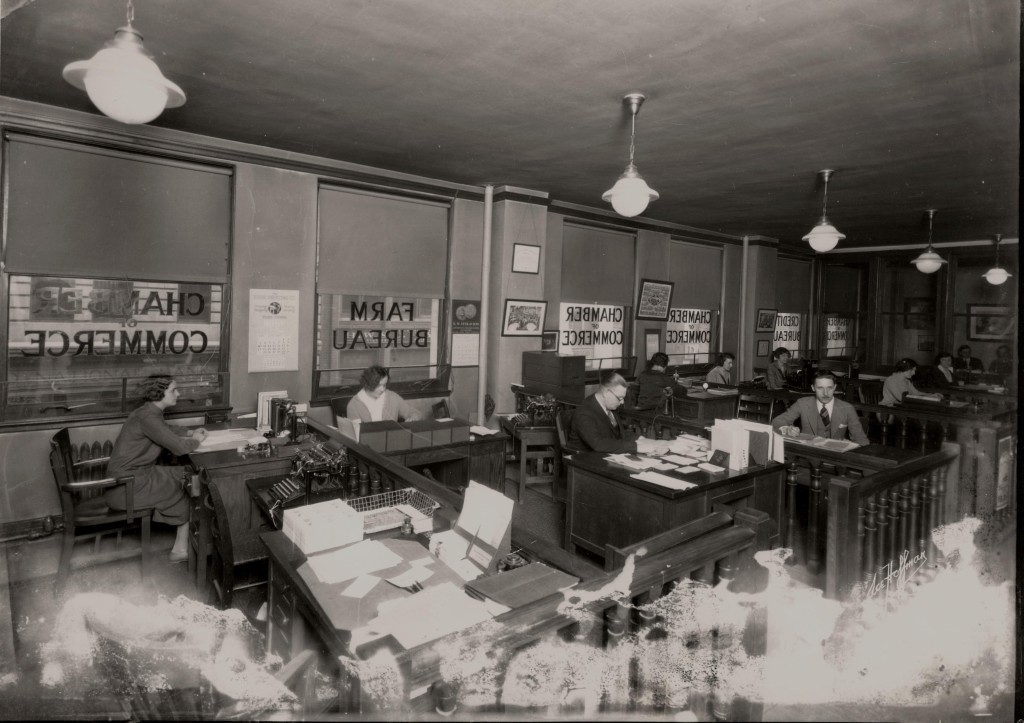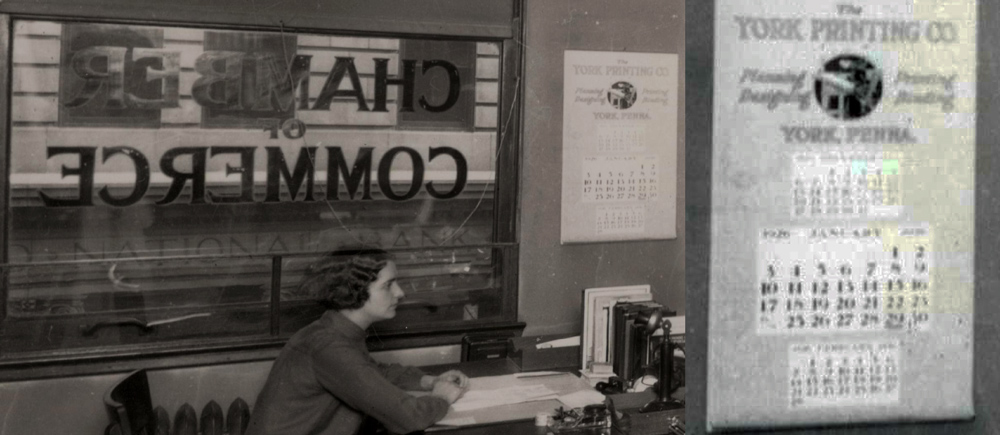The City of Wilkes-Barre is home to many awe-inspiring architectural masterpieces –all located within its River Street Historic District!
Over 200 buildings representing the architectural styles of Art Deco, Baroque, Beaux Arts, Chateauesque, Craftsman Style, Gothic Revival, Classical Revival, Greek Revival, Moorish Revival, Colonial Revival International, Italiante, High Victorian Gothic , Neoclassical Revival, Queen Anne, Tudor Revival, Renaissance, and Romanesque, can be found throughout our downtown streets.
Private and public entities have undertaken countless rehabilitation projects throughout the district to restore and modernize the buildings of the downtown. Mixed-used projects, including the Luzerne Bank Building development and the Northampton and Main/Movies 14 project, have connected entertainment, office, and residential spaces. Additionally, many historic buildings, including the Fredrick Stegmaier Mansion, have been restored to their original splendor. Our park-like River Common space has also opened the riverfront back up to the community, and is host to many community events.
Rehabilitation and reuse strategies continue to be a focus area for our America’s Best Communities Revitalization Plan-so stay tuned!
Watch above to learn more about Wilkes-Barre’s architectural history, riverfront development, and restoration projects!
